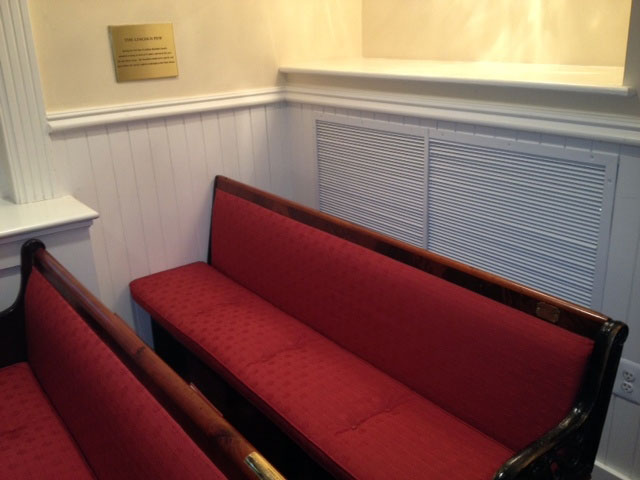
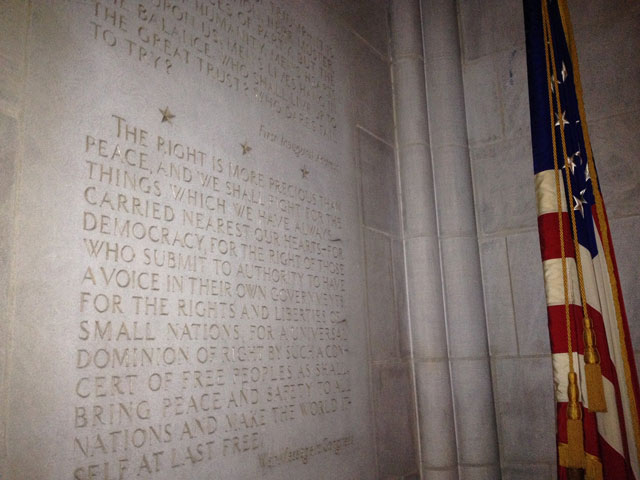
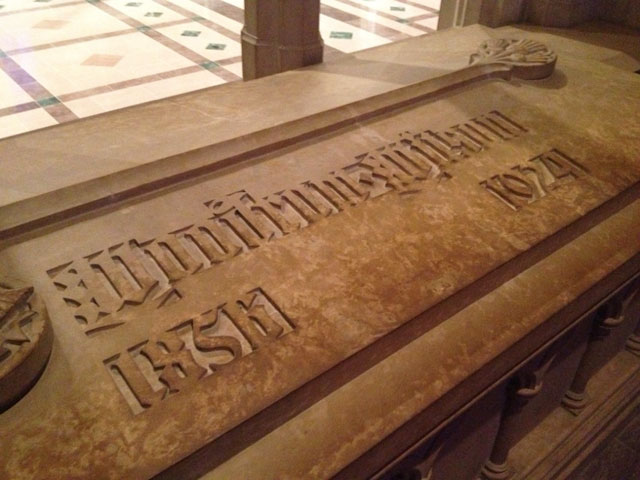
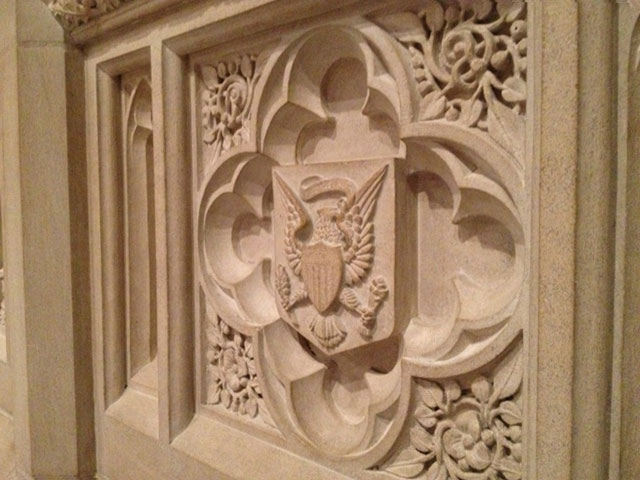
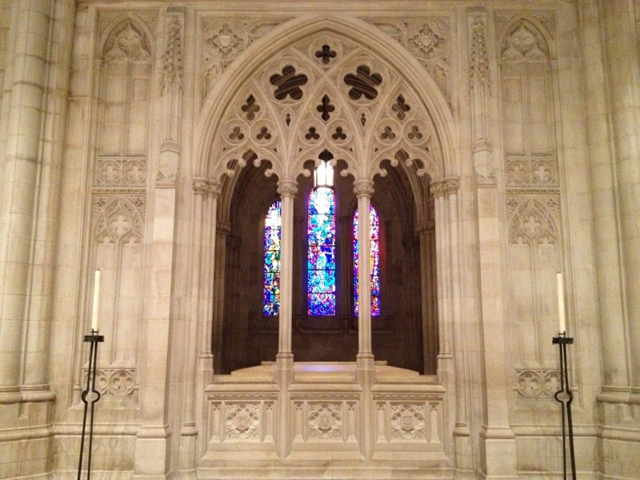
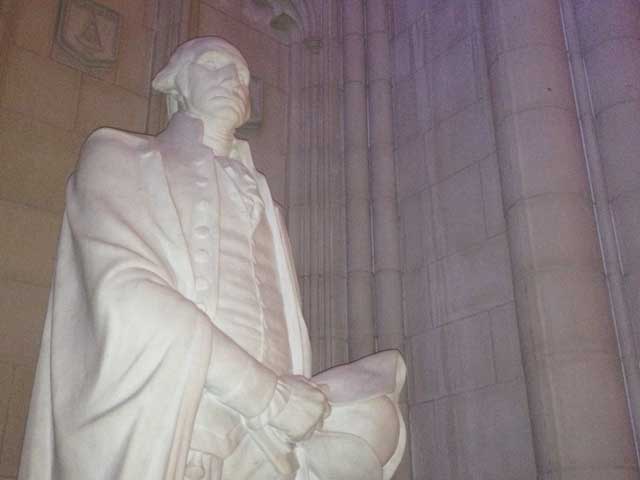
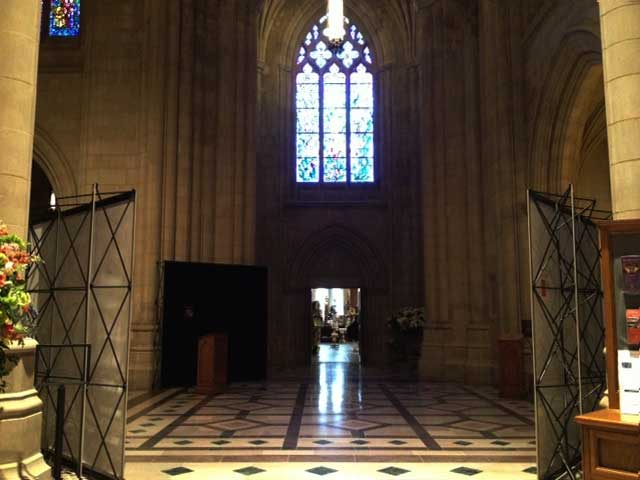
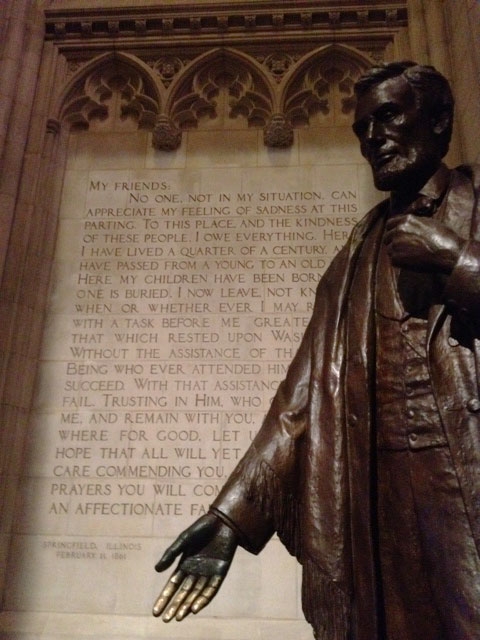
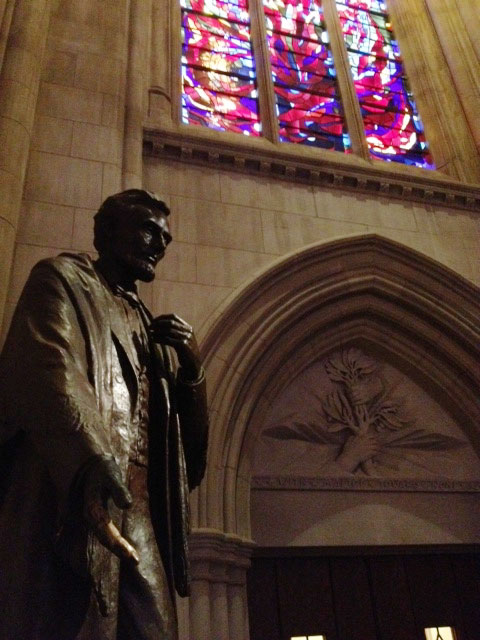
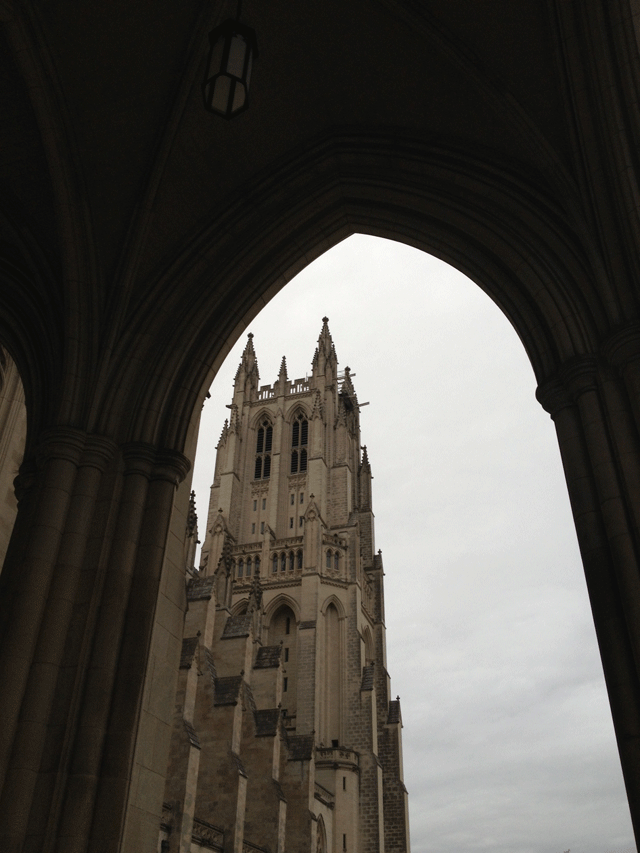
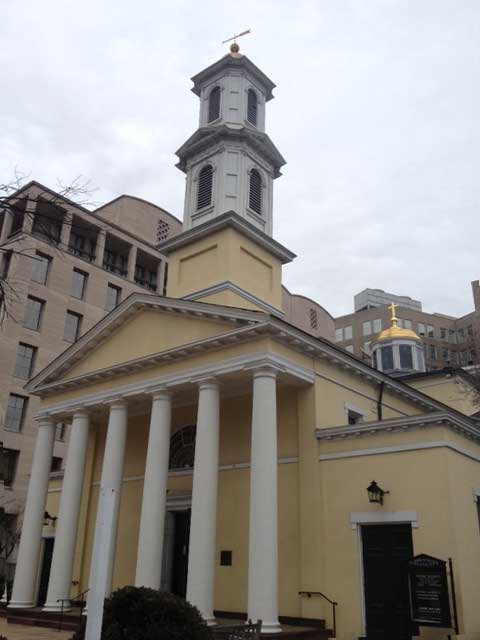
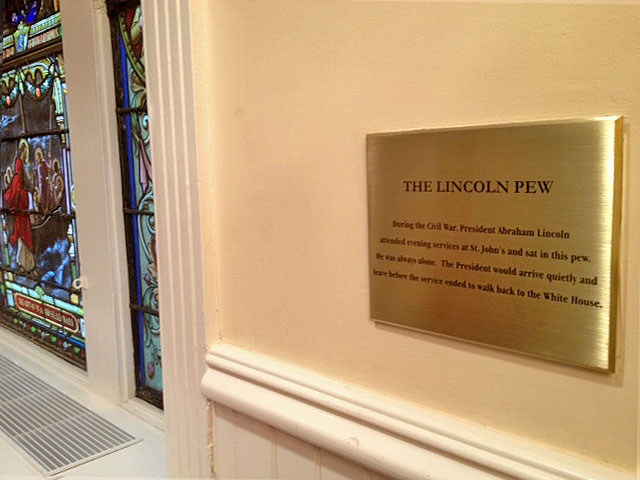
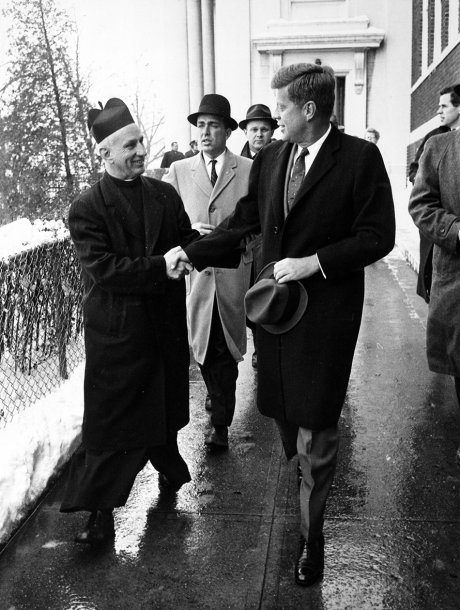
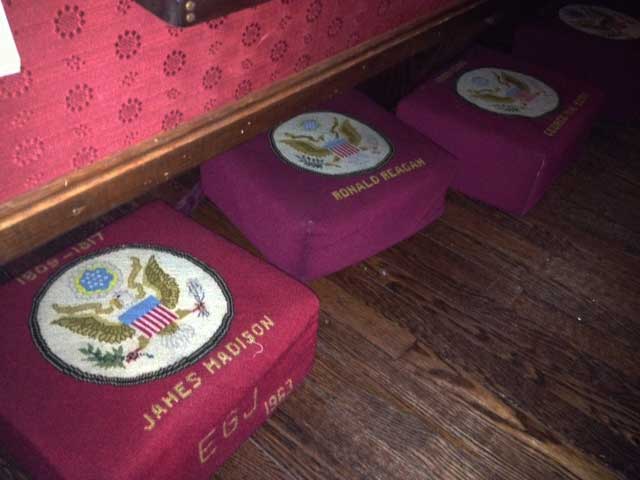
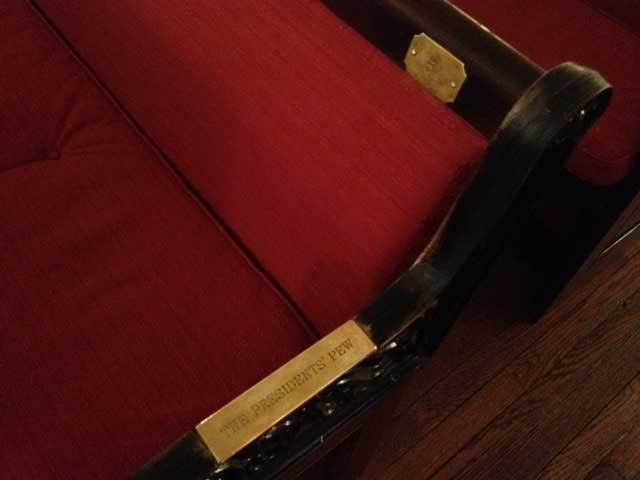
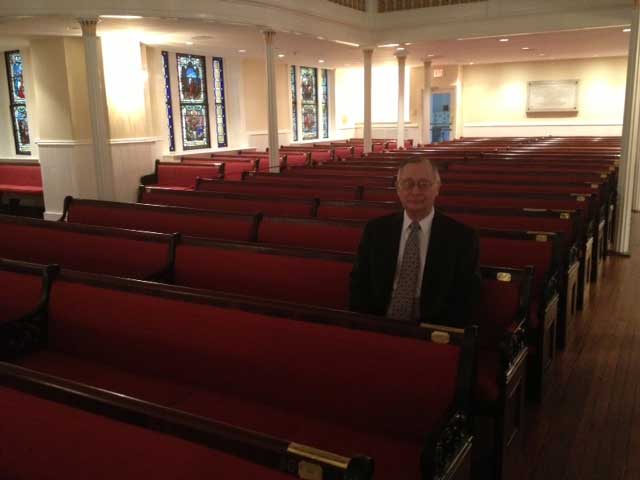
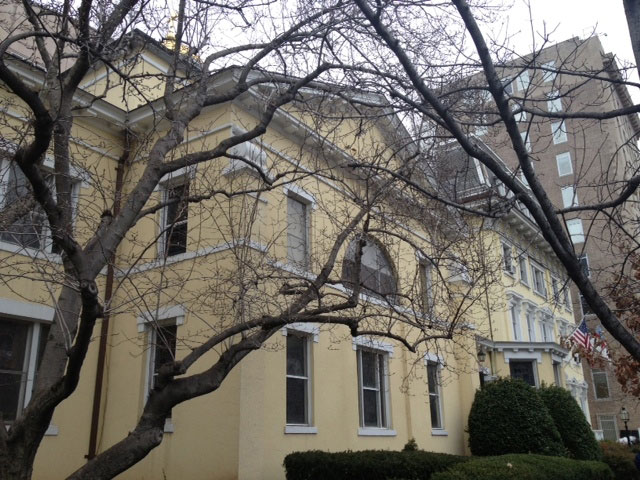
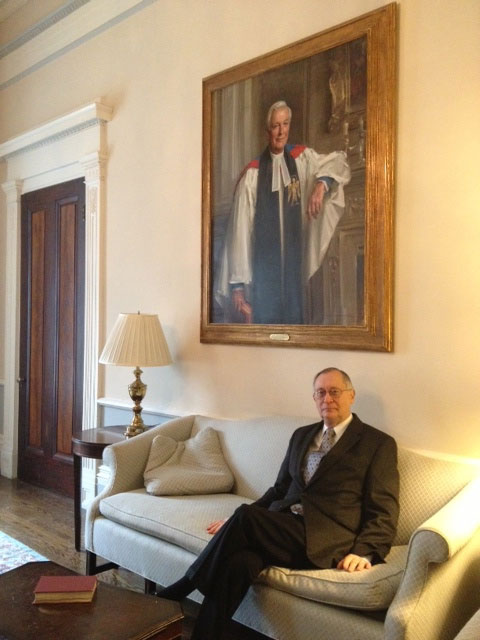
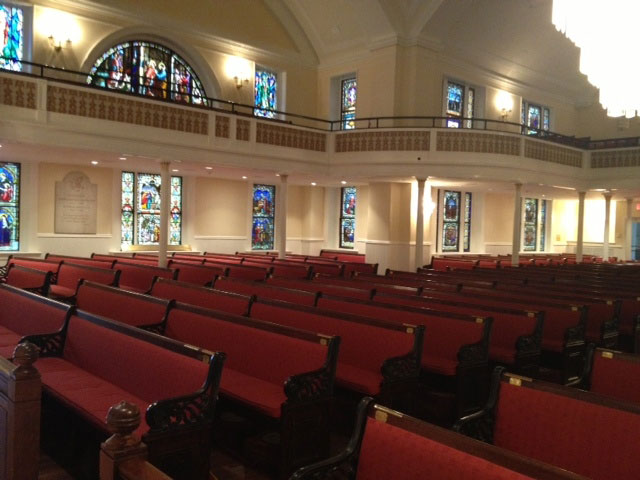
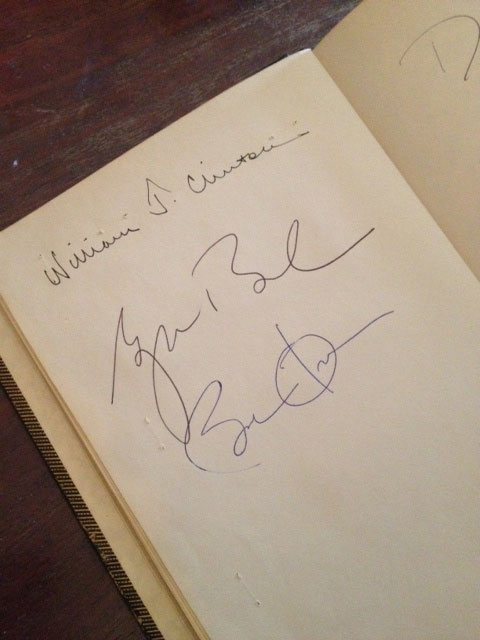
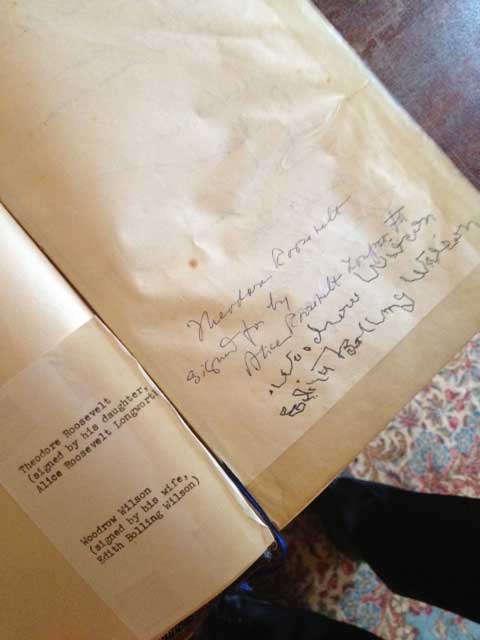
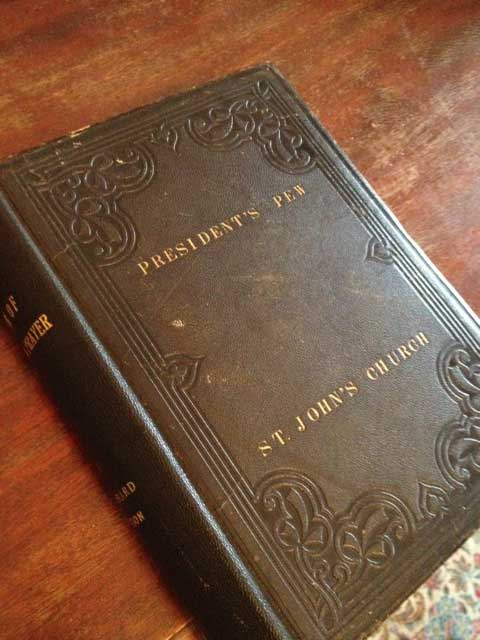
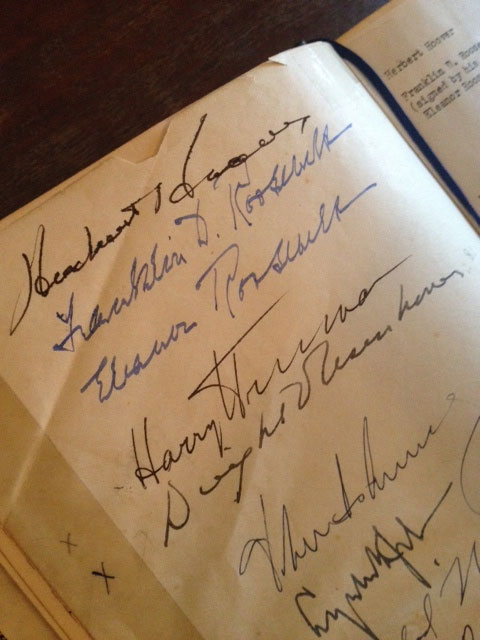
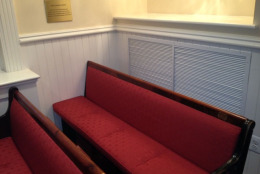
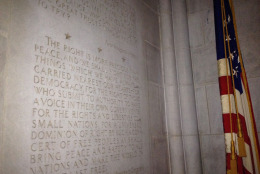
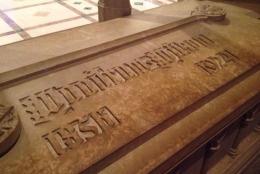
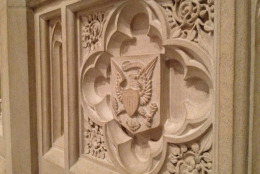
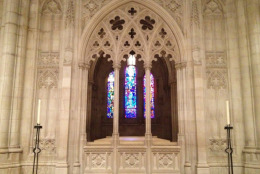
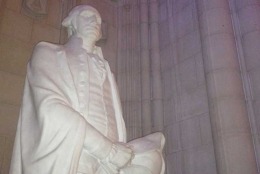
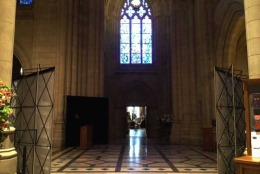
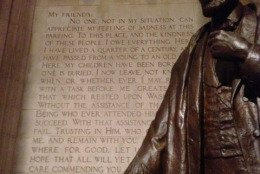
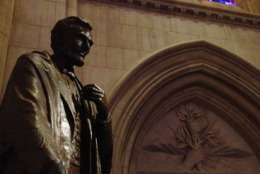
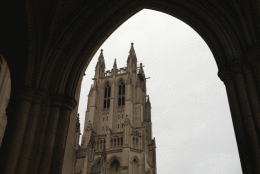
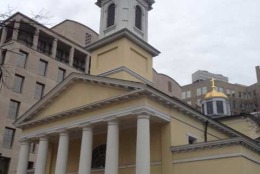
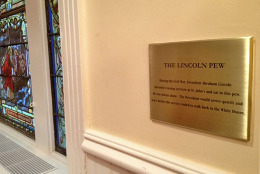
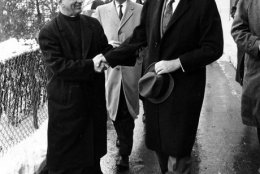
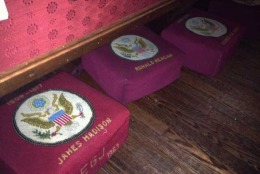
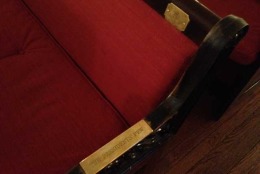
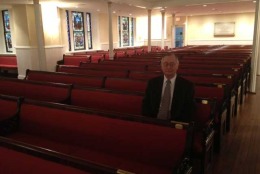
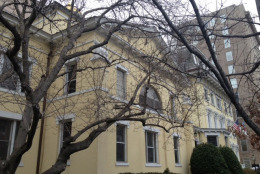
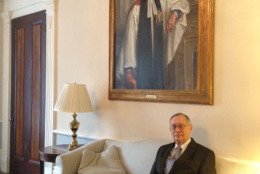
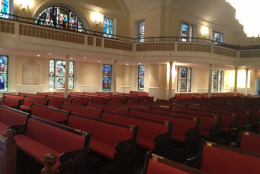
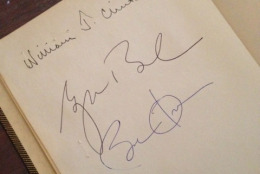
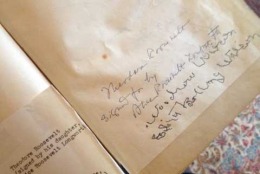
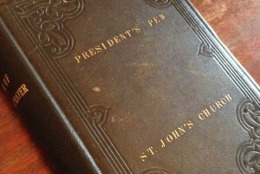
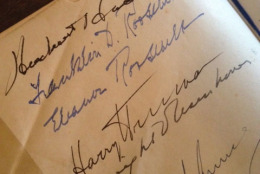
Megan Cloherty, wtop.com
WASHINGTON – The separation of church and state is unique to American democracy, but when it comes to celebrating the start of a president’s term, God has played a role in nearly every inauguration since George Washington.
President Barack Obama’s second swearing-in will be no different.
Incorporating religion into the ritual of the day started with the first inauguration in 1789, when Washington attended a service at St. Paul’s Chapel in New York City following his swearing-in.
While every president from then on chose to worship privately, almost all have placed their hand on a Bible when taking the oath of office on Inauguration Day.
St. John’s Episcopal Church in Northwest D.C. has had a front seat to the ceremony surrounding America’s top office. Every president since James Madison has visited St. John’s for services partly due to its location across from the White House. And so St. John’s has become known as the “Church of Presidents.”
People buzz in and out of the bright yellow and white church like bumble bees as St. John’s prepares to host Obama for a prayer service the morning of his second inauguration. The church has held services for six presidents on their inauguration days.
“(Roosevelt) started the modern tradition in 1933. We also did one for Harry Truman. We did two for Ronald Reagan, one for George H.W. Bush, two for George W. Bush and two for Obama. This will be our 11th,” says Hayden Bryan, executive director of operations for St. Johns.
While the 8:45 a.m. prayer service will not be different than a normal morning prayer service, Bryan says every detail is being scrutinized. The event requires tickets, and along with the president and vice president, other dignitaries are expected to attend, so security is top of mind.
During the interview with WTOP, Secret Service officers swept through the small church’s hallways, pointing indiscriminately at windows and stairwells. The Secret Service is paying extra attention to the location, but Bryan points out that Obama has been known to walk through the church’s doors multiple times a year.
The church has a prized President’s Pen book, in which every commander in chief since President Theodore Roosevelt has left his signature. The book also holds some guest names including presidential family members and vice presidents. (See gallery).
Before they sign the book, every president sits in the President’s Pew, chosen by the church for James Madison.
“When the church was built, they rented the pews to people — that’s how they got their money to pay the clergy and maintain the building,” Hayden says. “They thought they’d give the president first choice of a pew, so they formed a committee of the vestry and sent a letter from that committee to President Madison. Madison wrote back and said, ‘You pick one for me.’ So, they picked one in the church that was what they considered prime real estate at the time. And that’s where the presidents have been sitting ever since.”
That pew is not up front. In fact, it’s in the middle of the nave. “People are surprised that the President’s Pew is not in some special location. It’s with the congregation,” Hayden says.
It’s part of the appeal of the church — that a citizen can worship next to the president.
While the president’s service on Inauguration Day is traditionally private, the following day is decidedly not. Since Reagan’s first term, every president except Bill Clinton has visited the National Cathedral the day after his inauguration to take part in an Inaugural Prayer Service.
The National Cathedral service for Obama’s second term will be held at 10:30 a.m. on Jan. 22.
“It’ll be an interfaith service, recognizing the diversity of faith traditions in America. So there will be faith leaders from across the country participating, and there will also be musical performances as part of the service,” says National Cathedral spokesman Richard Weinberg.
The cathedral pays homage to several past presidents in its architecture and design. Walking inside the front doors toward the nave, “Lincoln’s bay” is located to the visitor’s left. The 16th president’s statue stands beneath a stained glass window designed to represent the Civil War with its Confederate gray and Union blue coloring.
On the visitor’s right stands a statue of Washington. The statue is positioned underneath a window, which represents the sentiments of a soldier walking home from war. In writings, the soldier noted sapling trees sprouting from the ashes of battle. The window’s design portrays a tree growing out of fire.
The National Cathedral is also the final resting place of Wilson, who is the only president buried in Washington, D.C.
The incorporation of religion into the inauguration was recognized by the cathedral’s planners, who chose to have the first inaugural address in 1793 chiseled into the wall near Wilson’s tomb.
Weinberg acknowledges the cathedral has come to play an important role in the nation’s political history.
“The National Cathedral serves as a kind of spiritual home for the nation, and that’s not something that’s official. We do not have a formal relationship with the U.S. government, but it’s what we’ve done through history, and this role we have inherited through the tradition of what’s happened in this building before,” Weinberg says.
The Inaugural Prayer Service also requires tickets, but it will be simulcast on C- SPAN and streamed online. Visitors to the cathedral can leave their thoughts and prayers for the nation as part of an exhibit set up at the cathedral as well as light a virtual candle and leave their thoughts online. See the sentiments left so far on the cathedral’s prayer board.
There is also an exhibit called “Presidents at the Cathedral,” which chronicles past visits by U.S. presidents over the cathedral’s 105-year history.
A clip of President Obama’s National Prayer Service Jan. 21, 2009
(Copyright 2013 by WTOP. All Rights Reserved.)







